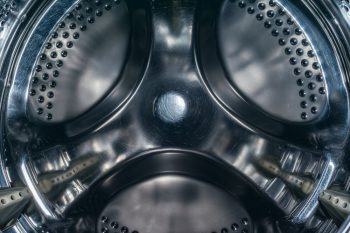
Do you own a washing machine and are unsure what the “Mixed” setting means? You are not alone!
Modern washers come with a variety of program settings for doing laundry. However, only a handful of people know what the settings do or even use all of them.
Fortunately, understanding the settings of your washing unit is not as complicated as you might think.
This article will explain what the “Mixed” setting on your machine does and how you can use the feature to clean laundry effectively.
The “Mixed” setting on your washing machine means you can clean various fabrics in the same load, except for delicate or unique garments.
The mixed fabric setting is more convenient, saves energy, and prevents adjusting settings for different fabrics. However, there is a considerable risk of clothes damage and dye bleeding when you use the setting.
Likewise, we will look at the advantages of the diverse settings in the washer, provide tips on using this washing cycle, and discuss some common mistakes while doing laundry.
What Does “Mixed” Setting Mean on Your Washing Machine?
As the name suggests, the “Mixed” setting on the machine is used to wash different fabrics in the same load.
In some washing machines, the setting is “Mixed Fabrics” or “Mixed Synthetics.”
Did you know that not all your fabrics have the same washing procedure? Different fabrics have unique specifications on what washing settings and temperatures are needed when doing a load.
If the garment is not set to these particular programs, they risk getting torn, stretched, or having holes in them.
However, it is not uncommon to load the wrong fabrics together without realizing it. That is where the mixed load settings come in.
The setting allows different clothes or fabrics to get washed together without worrying about reducing their durability.
This also prevents the need to stop the washing machine mid-cycle from removing the wrong fabrics from the tub.
During a washing cycle, the mixed load program usually runs at about 30-40 degrees Celsius. In addition, the washer’s tub is also set to maximum spin.
The mixed program is ideal for easy-to-care fabrics like cotton, linen, polyester, or denim.
However, before putting all your clothes into one load, you should know that the program is unsuitable for delicate and unique items like wool, silk, duvet, sportswear, or curtains.
Furthermore, it would be best to separate your clothes by color to prevent bleeding and spoiling all white garments.
The care label on your fabrics will help identify the washing and drying settings needed for laundry.
Advantages of Using Mixed Load Settings
Now that you know the mixed load setting, let us look at its advantages.
1. More Time Convenient

The most significant advantage of using the setting is convenience. Unlike other settings that need specific fabrics to be put in differently, you can save a little time by washing most fabrics at once.
There is little need for sorting fabric unless separating delicate clothes or by color.
2. Saves energy

In addition, fewer washing cycles means lower power consumption. Washing your garments depending on their fabric can significantly strain your power bill.
However, the mixed load setting is ideal for most fabrics, reducing the number of washing cycles you need for different clothes.
3. No Need To Adjust Washing Settings
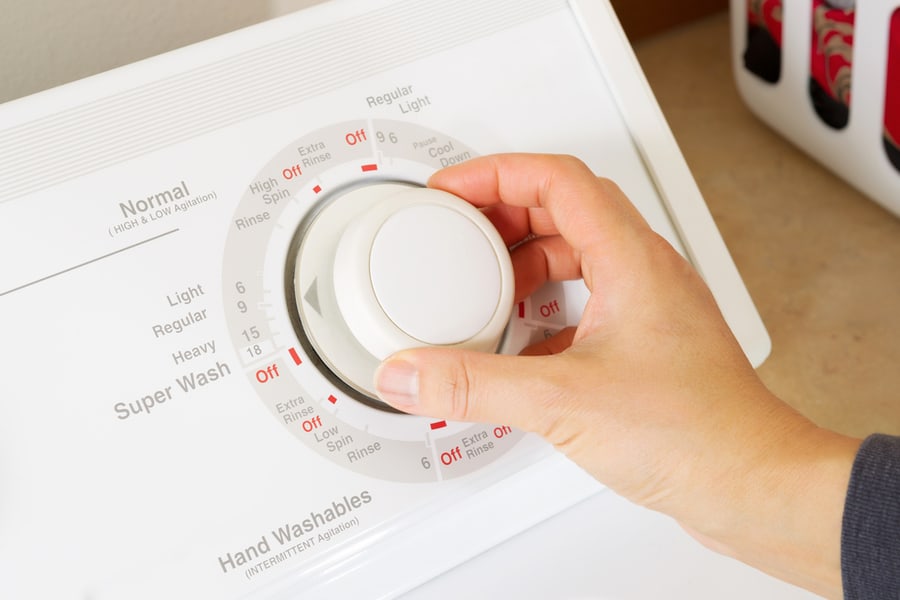
Gone are the days when you need to adjust your washing unit settings for multiple fabrics.
The setting automatically adjusts the detergent amount, water temperature, and tub spin for optimal fabric cleaning. As a result, you can put in different fabrics without worrying about their wash quality.
4. More Fabric Variety
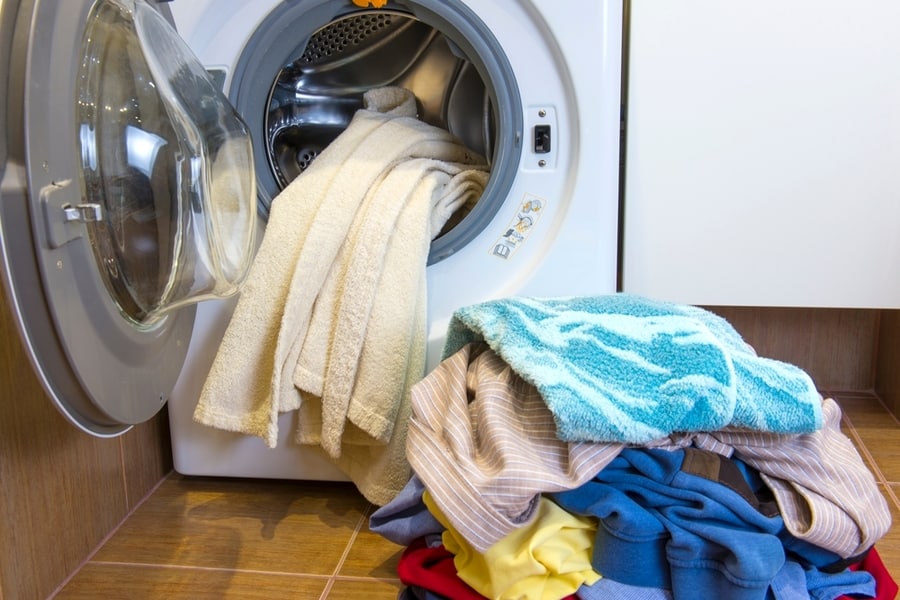
Lastly, you also have a wide variety of fabrics to wash. For example, it can be hard to wash polyester t-shirts with denim jackets or cotton shirts without risk.
However, the mixed load setting is ideal for protecting any special features on your clothes, leaving them looking clean.
Disadvantages of Using Mixed Fabric Settings in Your Washing Machine
Though the mixed load setting does sound like an excellent option for your laundry, there are a few disadvantages too.
1. Fabric Damage
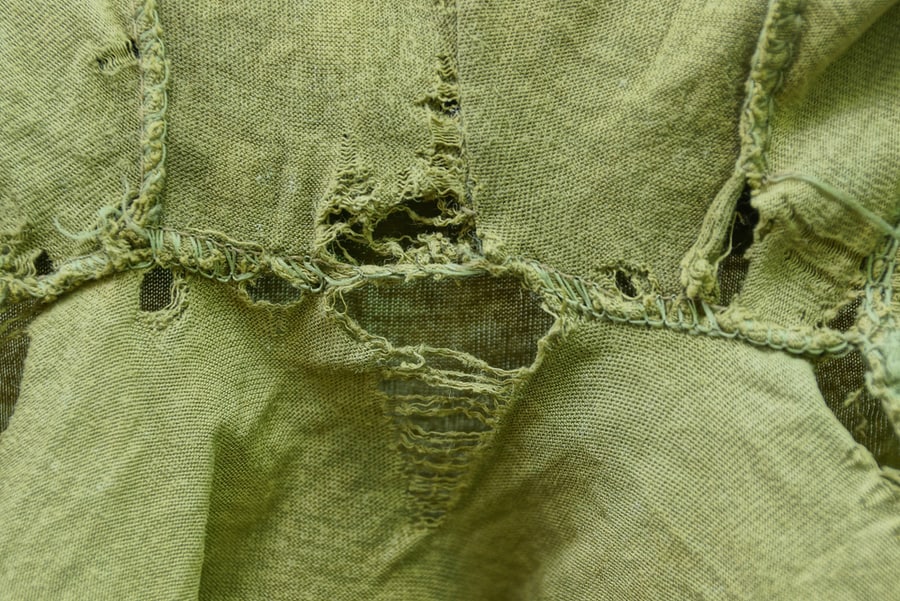
Fabrics have different qualities, including flexibility and durability. The setting gives you less control over washing or drying these garments.
Cotton shirts can be easily entangled during a washing cycle, leading to stretching and tearing.
In addition, some fabrics are also better equipped to handle high temperatures than others.
Constantly using the mixed load setting in your washing machine might shrink or wrinkle some clothes.
2. Color Bleeding
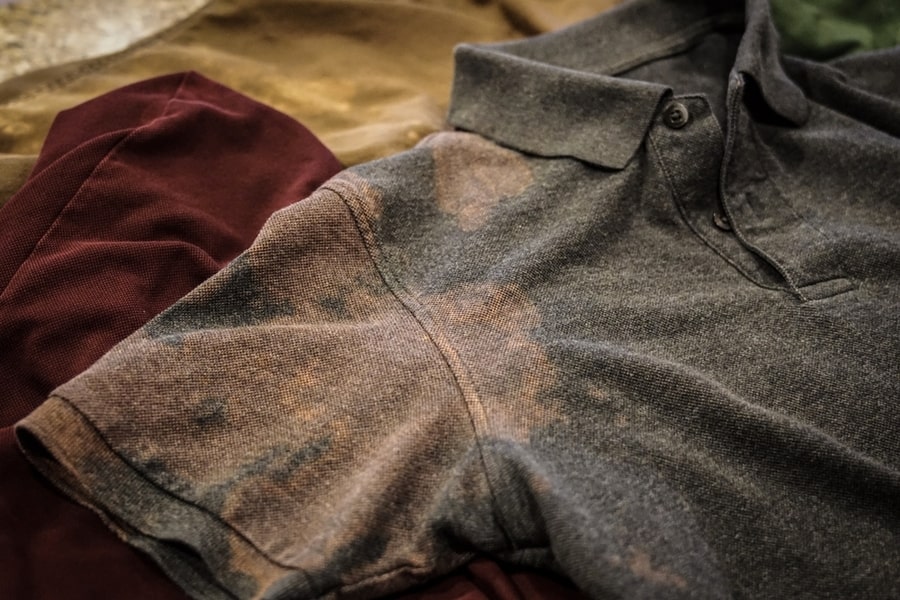
Secondly, there is a higher possibility of fabric bleeding into each other. Finally, fabrics with less color dye retention can transfer the dyes to other clothes, requiring you to rewash them.
Tips for Using Mixed Settings
Before using the mixed load setting, here are some tips to help improve your washing quality and protect your shirts from damage.
- Separate your delicate fabrics, and sort out colored fabrics.
- Never overload your washing machine when doing laundry.
- Use the rinse cycle in your washing machine to remove all soap from the clothes.
- Remove your clothes as soon as possible from the washer after using the mixed fabric setting.
- Instead of air drying, dry your garments on a dryer or line to prevent fabric damage.
Takeaway
The “Mixed” setting in your washing unit is ideal for combining different fabrics and washing them in the same load.
The setting is a great option when you have varying items that need to be washed together without worrying about them getting torn or damaged.
The best reason to use the mixed load settings is that it saves time and energy by reducing the number of washing cycles.
In addition, you also have a wider variety of fabric to wash without adjusting the washing settings.
However, there is a significant risk that your clothes might get damaged by high temperatures and fabric bleeding.
Frequently Asked Questions
When Should You Use the Mixed Load Setting in Your Washing Machine?
The “Mixed” setting in the washer is ideal for washing different fabrics in the same load.
However, you must remove delicate clothes like silk and wool and sort your laundry by color before a washing cycle.
What Is the Best Cycle To Wash Clothes On?
Sadly, the answer depends on the type of fabrics you want to be washed. Some clothes are more prone to stretching, tearing, and getting holes than others.
Before washing your clothes, check their care label to identify their ideal laundry setting.








